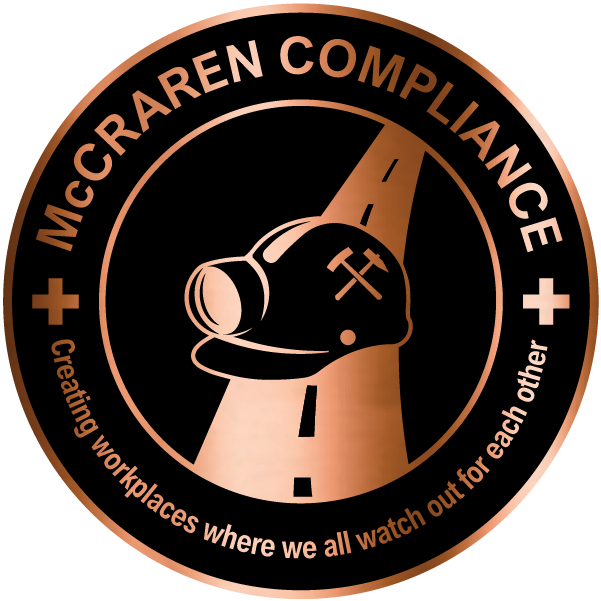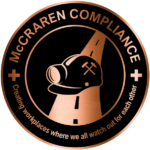Inspectors in 45 jurisdictions throughout Canada, Mexico and the U.S. conducted 4,569 commercial motor vehicle inspections and placed 398 (8.7%) of those vehicles out of service due to brake-related violations as part of the Commercial Vehicle Safety Alliance’s (CVSA) unannounced one-day brake-safety inspection and enforcement event.
CVSA’s Brake Safety Day is an unannounced brake-safety inspection and regulatory compliance enforcement initiative when certified commercial motor vehicle inspectors conduct their routine roadside inspections with a focus on brake systems and components, and provide brake-related inspection and violation data to CVSA.
Of the 4,569 inspections conducted on April 22, 4,171 commercial motor vehicles did not have any brake-related out-of-service violations – 91.3% of the total number of vehicles inspected. Conversely, inspectors identified 398 (8.7%) commercial motor vehicles with brake-related critical inspection item vehicle violations. Those vehicles were immediately restricted from further travel until the violations were addressed.
This year, emphasis was placed on vehicles’ drums and rotors. Thirty-two (8%) commercial motor vehicles had drum/rotor violations during the one-day event. Fourteen of those violations resulted in the vehicle or combination being placed out of service.
Brake drum and rotor issues may affect a commercial motor vehicle’s brake efficiency and result in violations or out-of-service conditions that may affect a motor carrier’s safety rating. Furthermore, broken pieces of drums or rotors may become dislodged en route and damage other vehicles or result in injuries or fatalities.
Table 1 – Brake Drum/Rotor Violations
| Violation Description | Air Disc Brakes | S-Cam Brakes | Hydraulic Brakes |
| Broken Rotor | 8 | 0 | 0 |
| Rusted Rotor | 12 | 0 | 4 |
| Metal-to-Metal Contact | 0 | 0 | 0 |
| Broken Drum | 0 | 8 | 0 |
| Total Violations | 20 | 8 | 4 |
Inspectors identified 237 (59.5%) commercial motor vehicles that met the 20% defective brakes criterion, which is when 20% or more of the vehicle’s (or combination of vehicles’) brakes have an out-of-service condition.
In addition, inspectors identified 77 out-of-service violations related to brake hoses and/or tubing, 48 vehicles had steering axle out-of-service violations, 38 vehicles failed an air loss rate test, and there were 112 other out-of-service brake violations, such as worn brake lines/hoses, inoperative tractor protection system, inoperative low-air warning device, air leaks, hydraulic fluid leaks, etc.
Table 2 – Brake-Related Out-of-Service Violations
| OOS Violation Description | OOS Violations | OOS Rate |
| 20% Brakes | 237 | 59.5% |
| Other | 112 | 28.1% |
| Brake Hoses/Tubing | 77 | 19.3% |
| Steering Axle | 48 | 12.1% |
| Air Loss Rate | 38 | 9.5% |
| Drum/Rotor | 14 | 3.5% |
Also, nine U.S. jurisdictions utilized a performance-based brake tester (PBBT) on Brake Safety Day and conducted 100 PBBT Inspections. A PBBT is a machine that assesses the braking performance of a vehicle. U.S. Federal Motor Carrier Safety Regulations and CVSA’s North American Standard Out-of-Service Criteria require a minimum braking efficiency of 43.5%. Eight (8%) vehicles failed to meet the required 43.5% minimum braking efficiency rate and were placed out of service.
Table 3 – Data by Country
| Inspections | Brake OOS Violations | Brake OOS Rate | Drum/Rotor Violations | |
| U.S. | 3,819 | 303 | 7.9% | 29 |
| Canada | 744 | 95 | 12.8% | 3 |
| Mexico | 6 | 0 | 0 | 0 |
| Combined | 4,569 | 398 | 8.7% | 32 |
CVSA’s unannounced Brake Safety Day is part of Operation Airbrake, a CVSA program dedicated to improving commercial motor vehicle brake safety throughout North America. CVSA’s seven-day Brake Safety Week, another Operation Airbrake campaign, is scheduled for Aug. 24-30.
View the results from previous brake safety campaigns.
McCraren Compliance can help you understand and comply with FMCSA, USDOT and ADOT and ensure your drivers and your vehicles operate safely and efficiently.
Call us Today at 888-758-4757 or email us at info@mccrarencompliance.com to schedule your free FMCSA Compliance Assessment.
Original article published by CVSA


